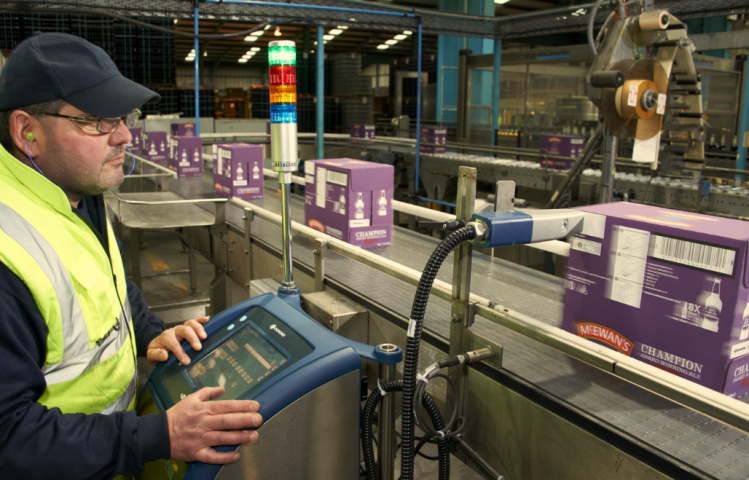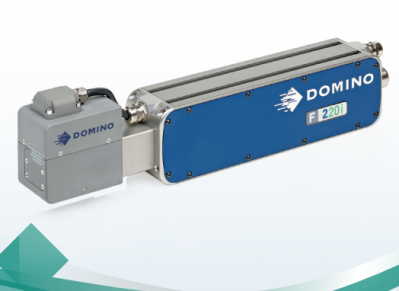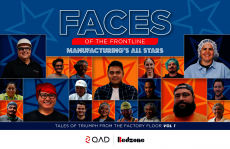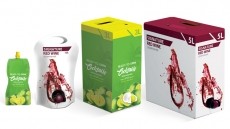CASE STUDY
Wells & Young’s hails Domino effect after printing investment

The maker of Bombardier, McEwan’s, Estrella Damm and Kirin Ichiban said it decided to replace its existing coding and marking machines, used to code bottles, cans, trays and cardboard boxes.
Wells & Young’s installed five new A420i and two new A300+ Opaque continuous inkjet (CU) printers last summer; it uses both with its high-speed canning and bottling line: these produce up to 30,000 bottles per hour and up to 51,000 cans per hour.
The firm exports more than 8m pints of beer annually to 25 countries around the world, including the US, Canada, Italy and Australia, but replaced its old coding and marking machines due to escalating costs (+20% in 2011): including maintenance, service agreements and spare parts.
Early model machine expense
Justin Adams, a Wells & Young’s spokesman, said: “Our previous coding and marking printers were early model machines, which we hadn’t upgraded.
“Due to the age of the machines we had a lot of maintenance problems, downtime was high and we had to have a back up machine for each printer in case any of them developed a fault.”
Adams said that Wells & Young’s chose to install Domino’s machines because estimates showed that annual running costs, including ink, would be 50% less than with a rival supplier.
Asked about the basis for the 50% claim, Christopher Thorpe, marketing manager at Domino UK, told BeverageDaily.com that Wells & Young’s was best-placed to comment on their specific case.
But he added: “Some of these older technologies require reparations, more spare parts that require replacing, while older machines use more ink.
Cost of ownership advantage
“And even comparing us to competitors in the market now, we have some really strong cost of ownership advantages,” Thorpe added.
“Ongoing repair costs are also less of a worry, because we provide a five-year warranty where rivals do not provide such a long term.”
So how had coding and marking technology progressed in recent years? “In simple terms, machines are easier to use, easier to integrate into a line, reliability is better at 99.8% (significant in terms of line uptime) while lower cost of ownership to fit a lean manufacturing trend,” Thorpe said.
“There are also software upgrades, where our Quick Step software makes it easier for personnel to use machines on a line,” he added.
Thorpe said that the beverage industry formed a big part of Domino’s business, with beverage, food and pharmaceutical customers accounting for around 70% of group sales.
“Some of the Top 10 manufacturers – the Coca-Cola’s of this world, the water companies, many are major customers for us as well. They have high volumes on canning lines, so need printers that can follow that speed,” Thorpe said.
“Traceability is also crucial for customers. If they need to recall products, printing is a key part of that, even if it just forms a small part of the production line,” he added.









